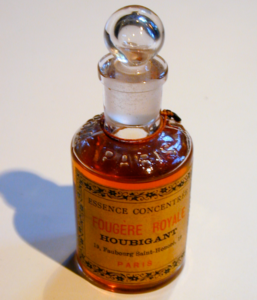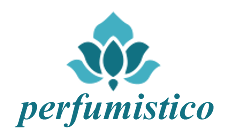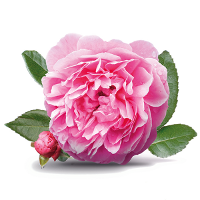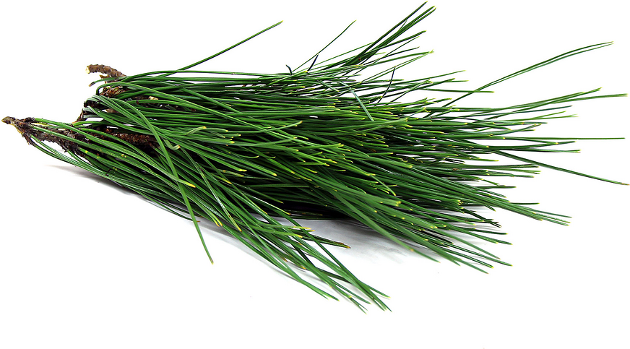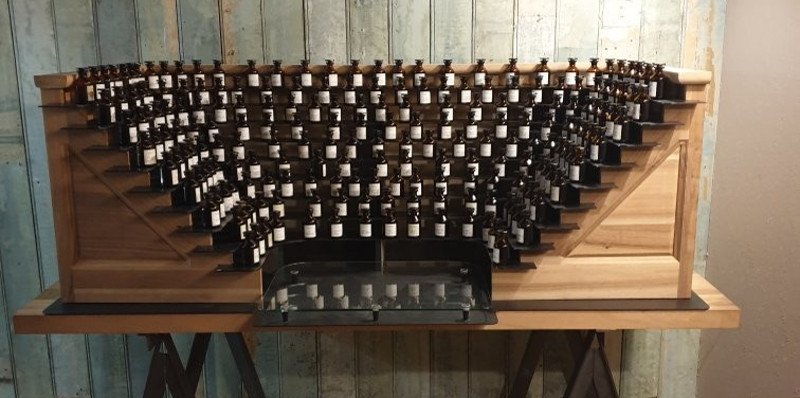
I don't consider myself a great perfumer, but I have been able to create and copy fragrances of perfumes, and I became more successful nowadays. I have some pretty original chords too, although most of them get lost in my notes or stay in glass jars in some corner of my lab, waiting for my interest to turn my attention to him.
As a young man I used to ask myself how a perfume is made, how to create a new “smell”. I was fascinated by the world of chemistry (I still am) and to understand how the magic of a perfume materialized in a liquid, was for me a necessity, which, due to the difficulty in obtaining information at that time, became an unanswered obsession. With the advent of the internet, everything would become clearer and easier, years later.
Like many of the teenagers of my time, I was often impressed by the impact of a new perfume and tried to understand the reason for such a fascination for something so ethereal, because wearing an expensive perfume set you apart. At that time, the fragrance market was not as diverse and saturated as it is today, and new fragrances that surprise the “nasal novelty” were very expensive, and until some similar product (if not the same, under another name) emerged would take years.
Three perfumes were very well engraved in my memory: Safari for men by Ralph Lauren, Eternity female by Calvin Klein and Mr. N from Boticário. The latter as a sickening and unbearable memory - whoever knew it knows what I am talking about. Imagining what could be behind the liquid formula contained in these glass bottles (with the exception of the unbearable Mr. N, presented in a plastic container) became an obsession until the early thirties, when I finally found a way to start my involvement with the world of smells: a store that sold aromatic chemicals on a website. It took some time before I got my first aromatic chemicals, because some very basic questions needed to be answered.
What to buy? How much? How to start understanding mixtures, how to "study" smells? How many materials should I have? Today it may seem simple and easy to get the answer, but years ago it was quite different. Finally, one day, I found what I was looking for, which I read and reread several times, and which guides me until today: “A Method of Creation”, by Jean Carles. If you want to learn about fragrances, you should read about Jean Carles. He was the "Beethoven of perfumery". He is the creator of immortal classics like Miss Dior, Carven Ma Griffe, Dana Tabu and Schiaparelli Shocking. Miss Dior was created when its author was practically anosmic, unlike Beethoven, who went deaf. This work is easily found for download on the internet, it is in the public domain, but to make it easier you can find it here: A Method of Creation – Jean Carles.
I finally placed my first order, my first purchase, on 06/13/2014. I don't remember exactly which products I bought, but I remember there were five molecules of aromatic chemicals, including benzyl acetate and verdox (green acetate) and other acetates. 100ml each!!! I quickly realized how absurd such a quantity was for someone who doesn't have a production line, and will only snort in drops of a 10% maximum solution. Naively, I wanted to start with all the acetates… I still have them! They are kept in the original bottle as a souvenir.
Isto marca o primeiro passo, que é construir o seu dicionário olfativo. O perfumista deve conhecer muito bem todos os materiais que possuir, e procurar aumentar a cada dia, em nível de quantidade e profundidade, as notas olfativas que conhece. Além das moléculas de químicos aromáticos, existem também os materiais naturais: óleos essenciais, resinas, absolutos, etc. Algumas bases, como Dorinia SA, também são importantes e devem ser estudadas (cheiradas, misturadas, etc), como não sou um profissional e sim um curioso (faço tudo por hobby mesmo) prefiro trabalhar com minhas próprias bases, que crio e normalmente não concluo porque já me senti satisfeito por quase ter criado uma base! Costumo dar as características finais quando as utilizo. É como compor uma música e concluí-la de forma diferente em cada apresentação, de acordo com o clima do momento.
Uma forma de se estudar os materiais e que venho realizando durante todos estes anos é cheirar, todos os dias, 1 ou 2 produtos. Quando é um material novo, que estou cheirando pela primeira vez, cheiro somente ela por todo o dia, durante 1 ou 2 dias. Quando são materiais que já cheirei anteriormente e portanto já conheço, cheiro duas por dia, alternando entre uma e outra. Tenho frascos de 10 e 20mL com as soluções preparadas, então quando inicia o dia preparo 1 ou 2 fitas olfativas que vão me acompanhar durante o dia todo. É importante procurar perceber as características olfativas e notas de cada produto. Quando tiver cheirado uns 100 produtos já vai ser capaz de percebê-los em produtos como perfumes, sabonetes, desinfetantes, etc, e até estará “arriscando” alguns acordes.
Então se você quer iniciar nesta arte (sim, arte, com um pouco de ciência), movido pelo desejo de criar um perfume novo e exclusivo, ou quer copiar alguma fragrância que acha interessante, o inicio de tudo é esse, cheirar e conhecer o maior número de cheiros que puder. Tudo isso será o seu dicionário olfativo, as letras que compões suas palavras (acordes?), que por sua vez fazem parte de seu texto (produto final?). Um perfumista nunca para de cheirar, há produtos que eu já cheirei por diversas vezes, por todos esses anos, e ainda não conheço bem, e às vezes me surpreendo com alguma característica que não havia notado antes.
Meu conselho pra começar, os primeiros materiais para se ter contato:
- Oakmoss (10%)
- Vetiver Essential Oil (Brazil, Haiti, etc) (10%)
- Cedarwood Virginia Essential Oil (10%)
- Ambrox or Ambrox DL or Ambroxan (10%)
- Galaxolide (10%)
- Iso E Super (10%)
- Hedione (10%)
- Geranium Essential Oil (10%)
- Alpha Ionone (10%)
- Alpha Damascone (1%)
- Sweet Orange Essential Oil (10%)
- Bergamot Essential Oil (10%)
- Ylang-Ylang Essential Oil (10%)
- Rosemary Essential Oil (10%)
- Eucalyptus Globulus Essential Oil (10%)
- Cypress Essential Oil (10%)
- Thyme Essential Oil (10%)
- Peru Balsam Essential Oil (10%)
- Linalool (10%)
- Citronelol (10%)
- Geraniol (10%)
- Phenetyl Alcohol (10%)
You can simply acquire the ready-made solutions with the solvent you want (ethanol, in the case of fragrance studies) and the smelling strips and go around sniffing and feeding your olfactory dictionary, or set up a laboratory with beakers, semi-analytical scales, pipettes, flasks glass, etc., and your life will get a little more complicated ... And don't forget the 0.15% BHT (an antioxidant).
If you prefer to prepare the solutions instead of purchasing them ready-made, be aware that the liquid Galaxolide that is usually on sale is actually a 50% solution in diethylphthalate (DEP), mass for mass (m/m). Pure Galaxolide is extremely viscous, difficult to handle and is rarely sold in this form. To prepare the 10% solution, complete the volume up to 5 times. For example, for 10 grams of Galaxolide 50, make up to 50mL with the solvent of your choice, typically ethanol or dipropylene glycol. I particularly prefer to use ethanol as a solvent, as this is more suitable when it comes to fragrance.
All the products must be prepared in mass-by-volume solutions. For a 10% linalool solution, for example, 10 grams of linalool is weighed and the volume is made up to 100 mL with solvent. I prefer ethanol, but you have to be careful to avoid evaporation of the product in the bottle. Never smell the olfactory tape before the alcohol completely evaporates, as this impairs the sense of smell.
O conhecimento de notas/materiais compõe o dicionário olfativo do perfumista. Quanto maior e completo, maior a capacidade do perfumista de compreender cheiros e criar acordes.
As soon as the inspiration comes I will write the next part of this series, I'll be talking about perfumery simple chords.
See you soon!
